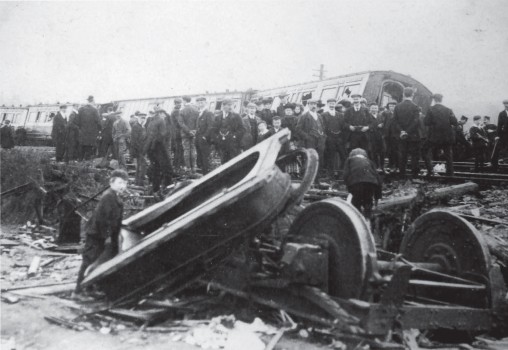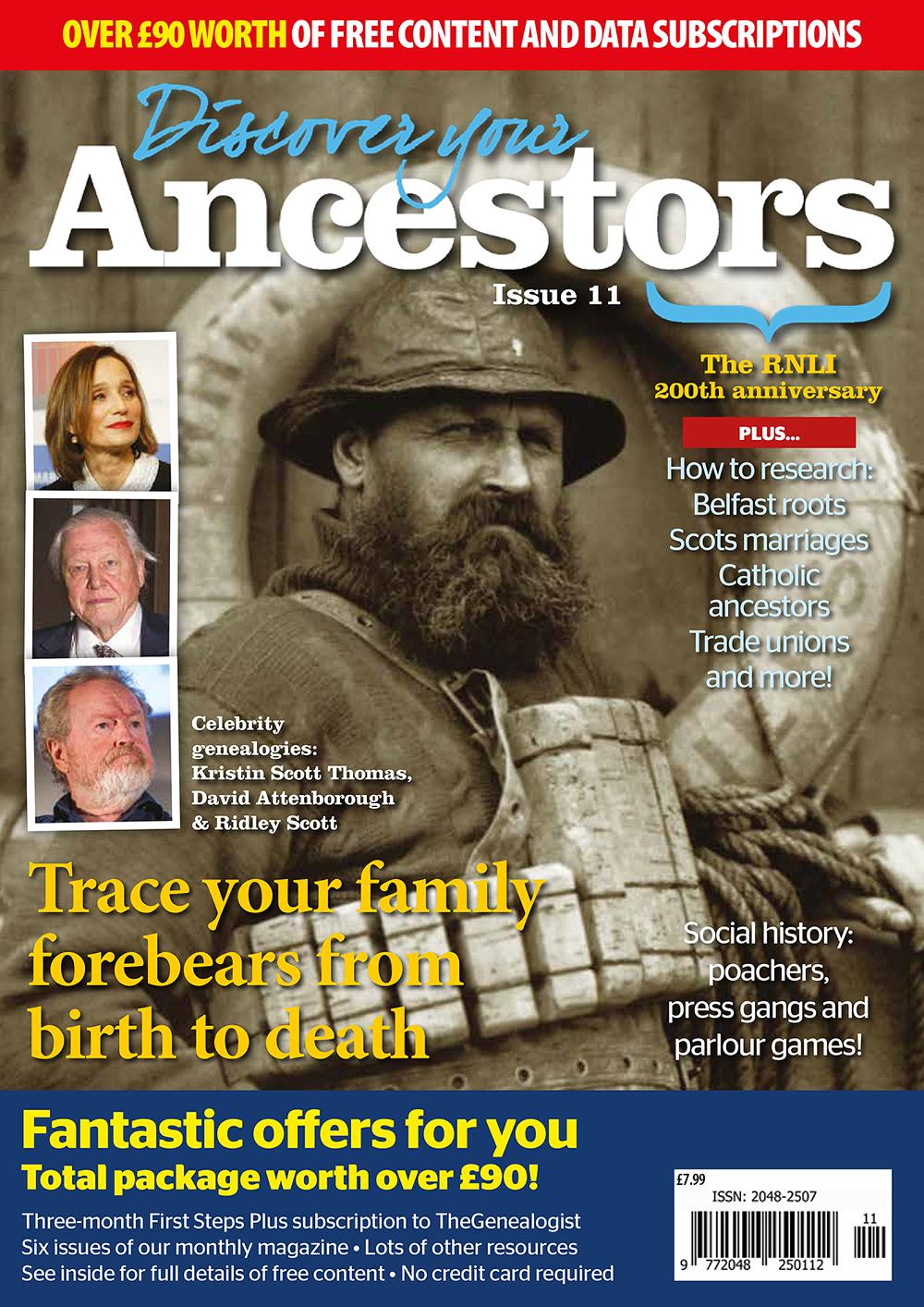Keith Gregson explores Britain's worst railway disaster, which has often been overlooked because it occurred in the midst of World War One

No more upon the Links of Leith these Scots lads be seen, For they did meet a sad sore fate down near to Gretna Green
The Queen famously described the year 1992 as an annus horribilis. The monthly equivalent of 1992 may well have been May 1915. During that month, the Lusitania was sunk off the coast of Ireland with the loss of over 1,000 lives. At the same time the bloody Second Battle of Ypres was reaching its climax and the Gallipoli campaign was beginning to grind out thousands of casualties. Against this background,Britain's most costly rail disaster took place. On 22 May 1915, a collision involving three trains on the main west coast line just north of the Scottish border resulted in over 200 deaths and an equal number of injuries. The vast majority of casualties were members of the Royal Scots Territorials en route for Gallipoli and, due to the accident's timing in the midst of war, their sad fate has often been hidden in the foot notes of history.
The causes of the Quintinshill or Gretna Green Disaster are still hotly debated, although the basic facts are relatively straightforward. A local or 'parly' train heading north from Carlisleon the up (Glasgow) line had been moved to the down (London) line outside the signal box at Quintinshill to make way for expresses heading north.This was normal practice. However, the 'parly' was still there when it was struck by the troop train heading south from Larbert to Liverpool. Wreckage spilled over onto the up line and minutes later this was struck by the over night London-to-Glasgow express. Sparks and flames from the damaged engines set light to the ancient wooden and gas-lit carriages of the troop train with disastrous results. The accident took place just after 6.30 in the morning and the victims included soldiers, civilians and railway workers. Over the next few hours, doctors, nurses and local volunteers arrived on the scene and many of these later provided eye witness accounts. Such accounts feature in two well-written and researched books (see end note).
The records of most of the soldiers who died or who were wounded in the accident can be viewed online. They came to be regarded as victims of war (in fact many of the contemporary newspaper accounts described the accident as if it were a battle) thus their details turn up on the various casualty lists which can be viewed at TheGenealogist.co.uk. Nearly all the military casualties were members of1/7 Battalion of the Leith-based Royal Scots Territorials. For example, the details of Sergeant James Gear who died in the accident can be accessed via the data set Soldiers Who Died In The Great War and a volume relating to the Royal Scots 1914 to 1919. The index to the former reveals that his service number was 155, that he came from Bathgate and that his place of death was “home” on 22 May 1915. Similarly George Schumacher from Leith (service number 1566) and Thomas Ormiston also from Leith (service number 1596) appear in the list of Soldiers Who Died in the Great War.
One of the most tragic victims of the accident was Captain Robert Scott Findlay who was travelling home to Scotland on the northbound express.He was in the Argyll and Sutherland Highlanders (according to TheGenealogist.co.uk's Roll of Honour Index the 1/9 Battalion a territorial force based on Dumbarton). His family had his photograph and details published in De Ruvigny's Roll of Honour where he is painted as a most talented and brave young man.
Lieutenant John Jackson of the samebattalion who was travelling with Findlay also appears in the Casualty List, his death dated 24 May 1915.
The railway workers
It is also possible to trace some of the railway workers involved in the tragedy. Both the driver and the fireman of the troop train were local to Carlisle and were killed at Quintinshill. The driver, Francis Scott, who was in his early 50s, was well known in the area as he had driven the royal train during his career. His fireman, James Hannah, 20 years younger than Scott, lived just around the corner from him. Both men lived in the Etterby area of Carlisle close to the main sheds and yards for the railway.
As noted earlier, the causes of the accident, both long term and short term, are still disputed. At the time two signalmen who were swapping shifts were blamed for negligence and incompetence and in my youth in Carlisle the received truth was that they had been too busy chatting and had completely forgotten to shift the 'parly' off the down line. They were both imprisoned yet released before the end of their term and re-employed on the railway.
One of the theories now is that the signalman effectively in charge at the time was epileptic and that the authorities knew about his condition. He was experienced at his job and the aftermath of a fit might explain why, as he put it, he simply forgot. Long-term, lax practices on the railway were common and were as much the fault of the employers as the employees.
Also the carriages for the troop train, wooden and gas-lit, were virtually redundant and a death trap. They were used because the pressure on the railway in wartime was massive and the volume of traffic using the lines high. Perhaps then war itself can be regarded as the main cause of what remains Britain's greatest rail disaster.
Further reading
TheGenealogist.co.uk has a wide range of railway records available under its Occupational Records section. Keep a look out for an announcement about more coming soon.
From our May 2015 issue (full contents here)
In the print edition: Read Keith Gregson's article about training in WW1 and Chris Baker's guide to WW1 records in Issue 4 of Discover Your Ancestors, available to buy here.
Subscribe Now!

Issue 11 of the critically acclaimed annual printed magazine Discover Your Ancestors is now available, featuring more than 140 pages of beautifully illustrated content to move your family history research on at pace. Read stunning features about life in the past, celebrity genealogies, Belfast roots, Scots marriages, trade unions, Catholic ancestors, and much more, delivered straight to your door.
Issue 11 is now available at this website and at more than 4,000 newsagents worldwide including WHSmith in the UK, Barnes & Noble in the USA and Chapters in Canada. While stocks last you can also purchase copies of back issues direct from this website.
Order Your Copy Today!You will be taken to our partner site GenealogySupplies.com to complete your order.